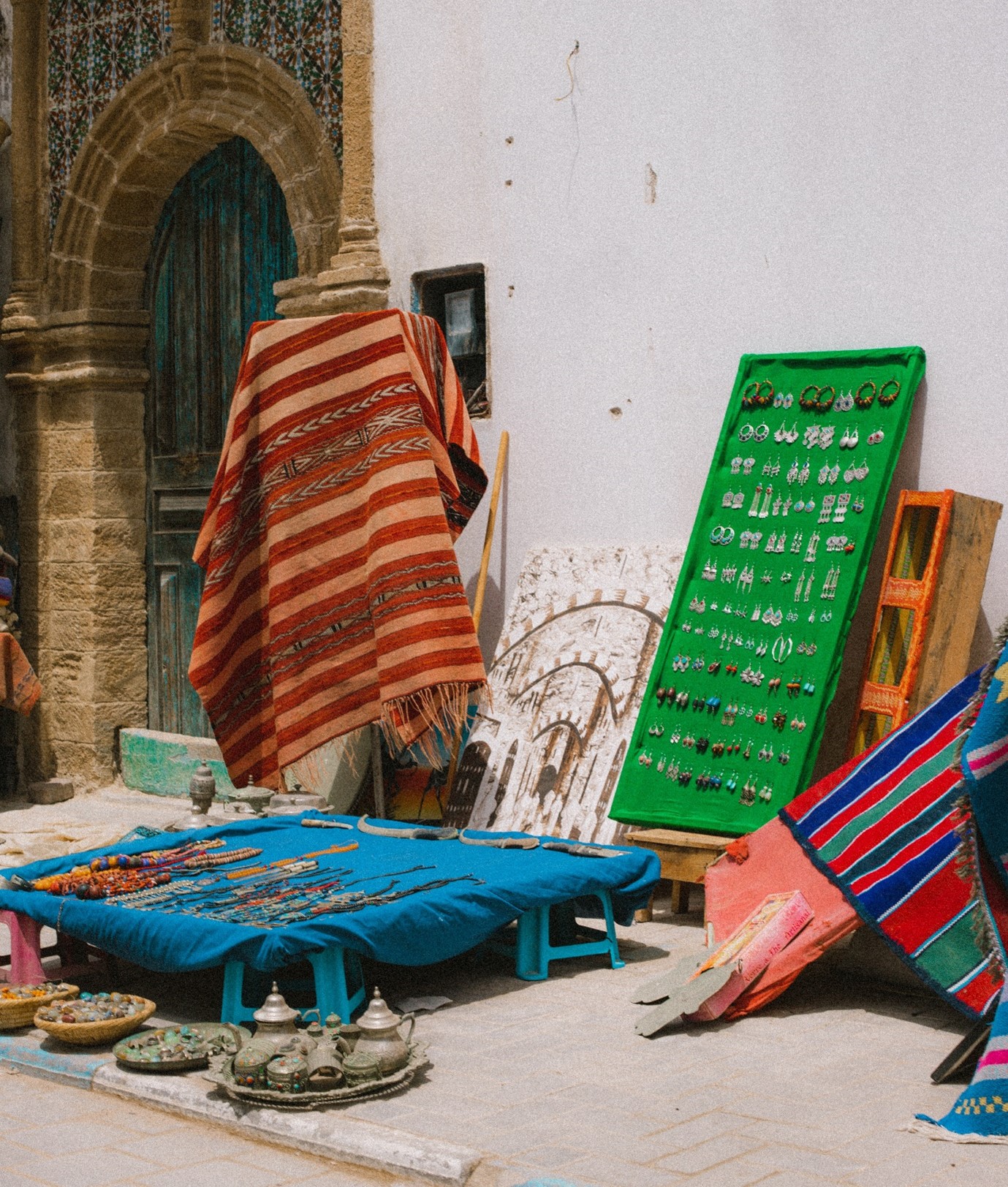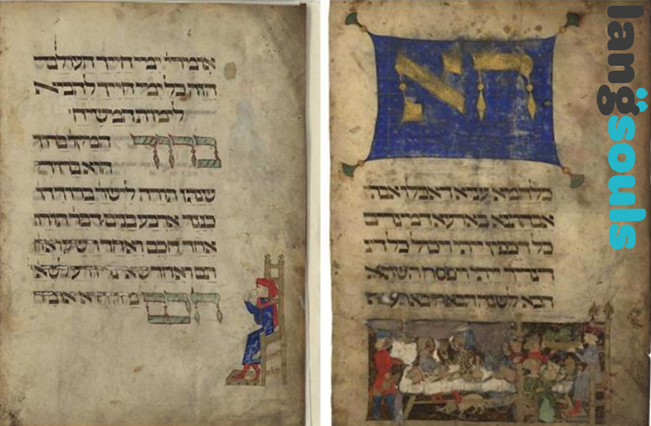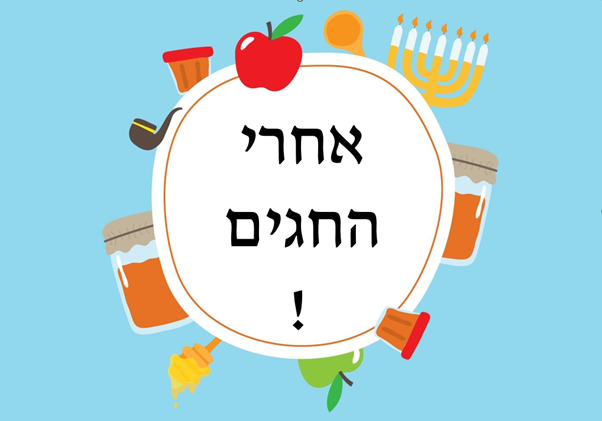Welcome to the ninth installment of our series, where we dive into the fascinating world of translating into different languages. This time, we’re focusing on translating into Arabic, a language that comes with its own set of unique challenges due to its diverse regions and its special way of writing from right to left.
Translation: Connecting Cultures and Languages
Translation acts like a bridge, connecting different cultures and languages, allowing ideas to flow across boundaries. But when it comes to translating into Arabic, which is one of the world’s most widely spoken languages, things can get tricky. This is because Arabic has many different dialects and a unique way of writing that goes from right to left.
Exploring the Complexities of Arabic Translation
In this blog post, we’ll explore the complexities of translating into Arabic. We’ll look at the differences between regions, the importance of the way Arabic is written, and the challenges of dealing with the right-to-left script. We’ll also compare Arabic with another right-to-left language, Hebrew, to see what makes Arabic particularly complex for translators.
Arabic: A Blend of Different Languages and Cultures
Arabic is spoken across a huge area, from North Africa to the Arabian Peninsula and from the Levant to the Persian Gulf. Each region has its own way of speaking, its own culture, and its own words. These differences go beyond just how words are said – they also include sayings, phrases, and even the way people do things. Translators have to be really careful to make sure that what they translate makes sense to the people who will read it.
For example, the way you say “hello” in Arabic can be different depending on where you are. In some places, it’s “marhaba,” while in others, it’s “ahlan wa sahlan.” And saying “thank you” can also vary – in most places, it’s “shukran,” but in some regions, it’s “jazakum Allah khayran.” These are just a few examples of the many differences that translators need to know about.
Different Ways of Writing
Arabic writing is like an art that changes depending on where a word is in a sentence. This can make things complicated for translators. The way a word looks can change a lot based on whether it’s at the beginning, middle, or end of a sentence. This means there are lots of different shapes and forms for the letters. Some letters even look different depending on what other letters are around them. Translators need to pay really close attention to these details to make sure they get the meaning right.
For example, the letter “ب” can look like “ba,” “bi,” or “bu” depending on where it is. And the letter “ت” can be written as “ta,” “ti,” or “tu.” These small differences can change the meaning of a word, so translators have to be careful to use the right form.
Dealing with Different Regions
Arabic’s diversity is a good thing, but it can also make things difficult for translators. Sometimes, a word or way of saying something in one dialect might not be understood in another region. Translators have to decide whether to keep the local way of talking or make it more general so that more people can understand. This is a tough choice that needs a good understanding of who will read the translation.
For example, the word for “to eat” is “ya’kulu” in the standard way of Arabic, but in Moroccan Arabic, it’s “bakhal.” If a translator is working on something for people in Morocco, they might use “bakhal” to make sure everyone knows what it means. But if they’re translating for people from different places, they might use “ya’kulu” because it’s more common.
Writing Right to Left: A Challenge
One of the trickiest things about translating into Arabic is that the writing goes from right to left. This can make things like sentence structure a bit confusing. Translators have to be really careful to make sure everything still makes sense when the text is flipped. This goes not only for words but also for things like pictures, charts, and graphs. And there’s another layer of complexity when it comes to numbers and punctuation, which behave differently in Arabic.
For example, a translator might need to change the order of numbers in a table so that it looks right when the text is read from right to left. They might also have to use special symbols to show numbers and punctuation the right way.
The Arabic-Speaking Market: Size and Opportunities
It’s important to realize just how big the Arabic-speaking market is. It covers a huge area, from North Africa to the Middle East. This means there’s a big audience out there for translated content in Arabic. Businesses that want to connect with this diverse and expansive market need to be aware of the challenges and opportunities that come with translating into Arabic.
Translating into Arabic is like embarking on a journey through a colorful tapestry of languages and cultures. Navigating the twists and turns of regional differences, script intricacies, and the RTL format requires skill and precision. This glimpse into the world of Arabic translation only scratches the surface, inviting future explorers to delve deeper and uncover the treasures hidden within its linguistic labyrinth.





